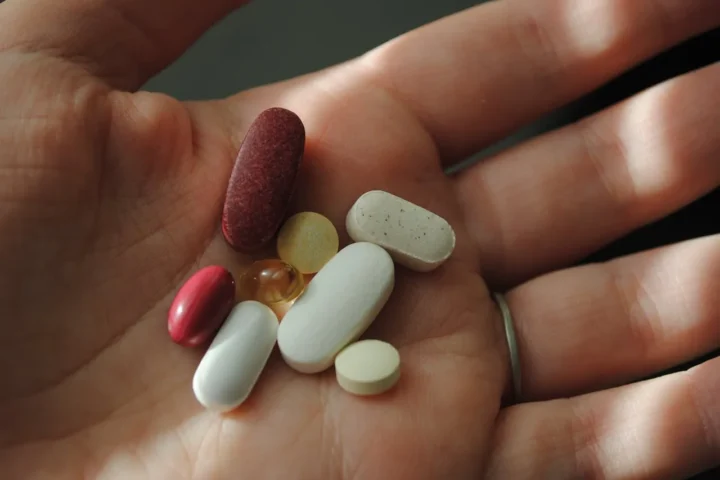A groundbreaking study from Harvard Medical School researchers has revealed that breathing air with reduced oxygen levels—similar to conditions at high mountain elevations—can prevent and even reverse Parkinson’s disease symptoms in mice.
The findings, published August 6, 2025, in the scientific journal Nature Neuroscience, challenge conventional understanding of Parkinson’s disease and suggest an entirely new approach to treatment that focuses on oxygen levels in the brain rather than targeting protein clumps.
“The fact that we actually saw some reversal of neurological damage is really exciting,” said Dr. Vamsi Mootha, professor at Harvard Medical School and co-senior author of the study. “It tells us that there is a window during which some neurons are dysfunctional but not yet dead—and that we can restore their function if we intervene early enough.”
Parkinson’s disease affects more than 10 million people worldwide, causing progressive loss of brain cells that leads to tremors, rigid muscles, and slowed movement. The condition has traditionally been linked to toxic protein clumps called Lewy bodies that form in brain cells.
The Harvard-led team exposed mice with Parkinson’s-like symptoms to air containing 11% oxygen—about half the oxygen level in normal air. This low-oxygen environment mimics conditions found at approximately 16,000 feet altitude, comparable to Mount Everest base camp.
The results were striking. Mice breathing normal air (21% oxygen) developed severe movement problems and lost many brain cells after being injected with proteins that cause Parkinson’s-like symptoms. In contrast, mice breathing low-oxygen air maintained healthy brain cells and showed no movement problems, despite still developing protein clumps.
Even more remarkably, when mice that had already developed Parkinson’s symptoms were later placed in the low-oxygen environment, they experienced significant improvement in motor function and brain cell survival.
According to the researchers, the protective effect occurs because Parkinson’s disease disrupts the function of mitochondria—tiny cellular powerhouses that use oxygen to generate energy. When mitochondria malfunction, oxygen builds up to harmful levels in brain tissue.
“Too much oxygen in the brain turns out to be toxic, so by reducing the overall oxygen supply, we’re cutting off the fuel for that damage,” explained Dr. Mootha.
The study builds on previous research showing that hypoxia—the medical term for reduced oxygen levels in tissues—can help alleviate symptoms in other rare brain disorders where mitochondria are affected, such as Leigh syndrome and Friedreich’s ataxia.
Dr. Fumito Ichinose, co-senior author and professor of anesthesia at Harvard Medical School, noted that the findings “raise the possibility of an entirely new paradigm for addressing Parkinson’s disease.”
Similar Posts
The researchers emphasize that people with Parkinson’s should not attempt to recreate these conditions on their own. Unsupervised breathing of low-oxygen air can be dangerous and may worsen the disease, especially if done intermittently.
Instead, the team is developing “hypoxia-in-a-pill” drugs that could mimic the protective effects of low oxygen without requiring patients to breathe special air mixtures. These experimental medications aim to trick the body into responding as if it were in a low-oxygen environment.
The discovery connects with anecdotal reports that Parkinson’s patients sometimes experience symptom improvement at high altitudes. Similarly, long-term smokers—who have elevated carbon monoxide levels that reduce oxygen in tissues—appear to have a lower risk of developing Parkinson’s.
Dr. Eizo Marutani, the study’s first author and instructor at Harvard Medical School, conducted the experiments that revealed mice with Parkinson’s symptoms had much higher oxygen levels in certain brain regions compared to healthy mice.
While these results are promising, the researchers caution that mice are not humans, and more research is needed to determine whether the same mechanisms operate in people with Parkinson’s disease. If confirmed in humans, this approach could potentially lead to treatments that not only slow the disease but actually reverse some damage—something current therapies cannot accomplish.
For the millions living with Parkinson’s disease worldwide, this research offers a new direction of hope, suggesting that neurons affected by the disease might remain viable longer than previously thought, creating a wider window for effective treatment.




















I was diagnosed 2018 with Parkinson’s disease. My symptoms progressed quickly. Soon i was having difficulty sleeping, speech and even walking short distances. With the help of the PD-5 treatment I have been able to reverse my symptoms using diet, herbs, which i feel has made the most difference. The PD-5 treatment has immensely help overturn my symptoms, since I started the PD-5 treatment my slurred speech and especially the tremors gradually disappeared. it’s has done me a lot of good in terms of balance and ability to walk and get up from chairs. Visit U.H.C ( www. Uine healthcentre ) I turned 60 today. DON’T GIVE UP HOPE!!!
I was diagnosed 2018 with Parkinson’s disease. My symptoms progressed quickly. Soon i was having difficulty sleeping, speech and even walking short distances. With the help of the PD-5 treatment I have been able to reverse my symptoms using diet, herbs, which i feel has made the most difference. The PD-5 treatment has immensely help overturn my symptoms, since I started the PD-5 treatment my slurred speech and especially the tremors gradually disappeared. it’s has done me a lot of good in terms of balance and ability to walk and get up from chairs. Visit U.H.C ( www. Uine health centre ) I turned 60 today. DON’T GIVE UP HOPE!!!
I was on PD-5 Treatment for Parkinson’s disease from Uine Health Centre for 6 months. No side effects. All of my symptoms came back clear. I sleeps better and I’m driving afterwards. Reach them at ( uine healthcentre. n e t ) this PD-5 treatment is a breakthrough.